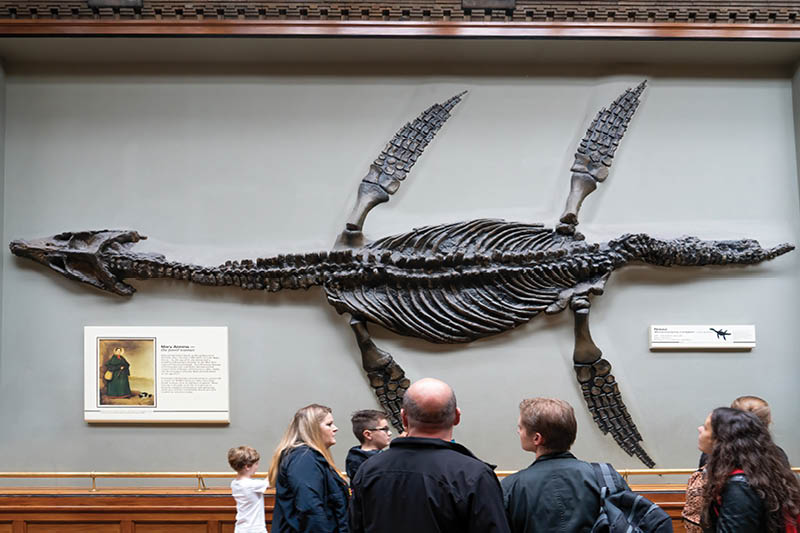The COP26 climate summit in Glasgow concluded with a pact that its UN backers still insist keeps alive the goal of limiting temperature rises to 1.5°C. One of the most important outcomes was that over 190 countries agreed to phase out burning coal, the most intensive CO2 polluter, and strengthen emissions-cutting targets for 2030 by the end of next year as part of the bid to limit warming.
In Glasgow, there was disappointment at the level of engagement shown by Russia and China. Although Russia is heavily dependent on its huge fossil fuel resources (more than 50 percent of the government’s revenue), it has significant potential for renewables. Hydropower, geothermal and wind are all known technologies there and much of Russia is ideal for the development of wind farms. Th ere have been recent moves to develop hydrogen for both transport and export, viewing it as a possible long-term replacement for the gas it now exports to Europe.
In the US Gulf of Mexico, hydrogen may be the ‘sleeping giant’. The area is already the top producer of hydrogen in the country, having long produced the gas through steam methane reforming. With much of the infrastructure in place already from the existing oil and gas business, West Texas’s expansive solar and wind farms could become the top producers of the cleanest hydrogen. The direction of travel of the Biden administration is clearly in alignment, and developments in offshore licensing are supportive of more wind power development in the gulf.
Whilst ‘fossil’ fuels dominate the current headlines with COP26, rising oil and gas prices, and Russian politicking, fossils more familiar to palaeontologists feature prominently in this issue. We kick off a new series with an article introducing this fascinating field of study and profitable collecting. The global market for fossils is a multi-billion-dollar global business, with individual dinosaur skeletons such as Stan (T. Rex) fetching US$31.8 million in a Christie’s auction in London last year.
Mary Anning, the famous British amateur palaeontologist, whose life was portrayed in Francis Lee’s recent award-winning film ‘Ammonite’ (reviewed in our GEO Media article), would have been astounded at the sums commanded today for full dinosaur skeletons. Her most famous specimen, the world’s first complete plesiosaur, found in 1823, if sold today would no doubt be worth a small fortune. This amazing woman is finally being more widely recognised for her contribution to science with the unveiling of her statue in Lyme Regis, Dorset, next year.





